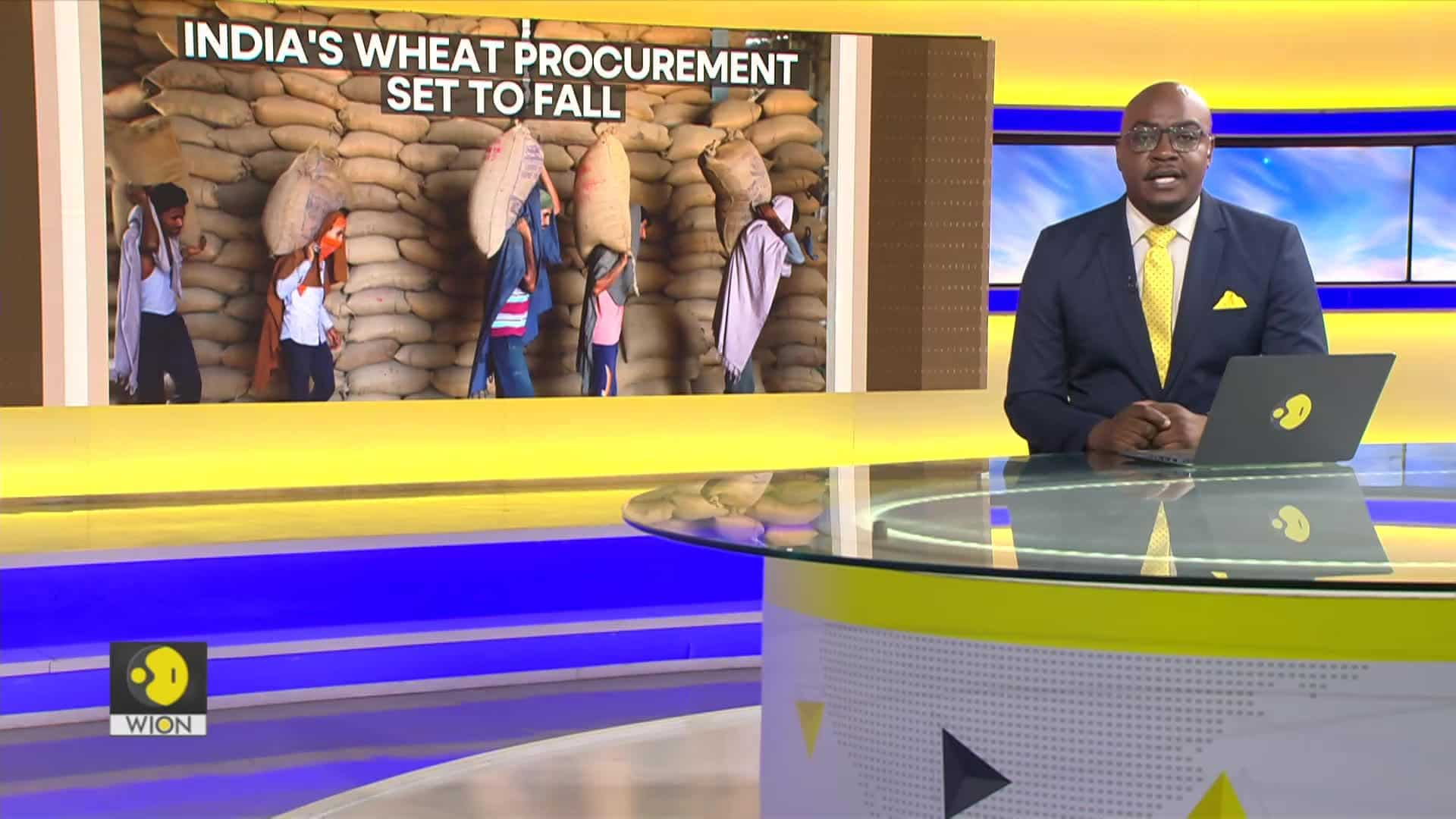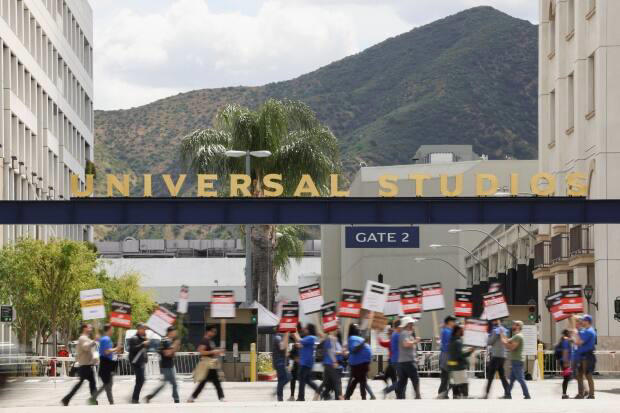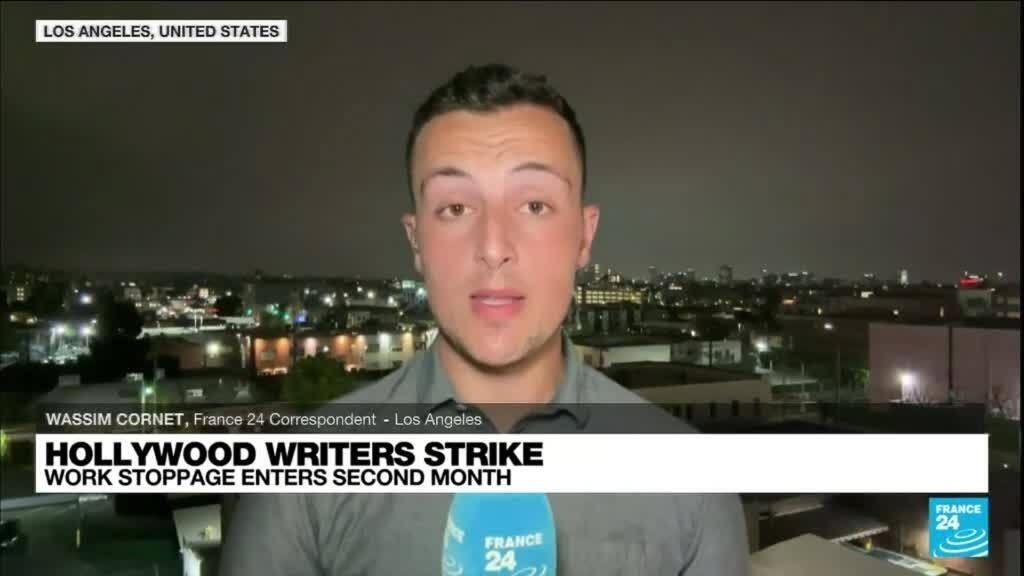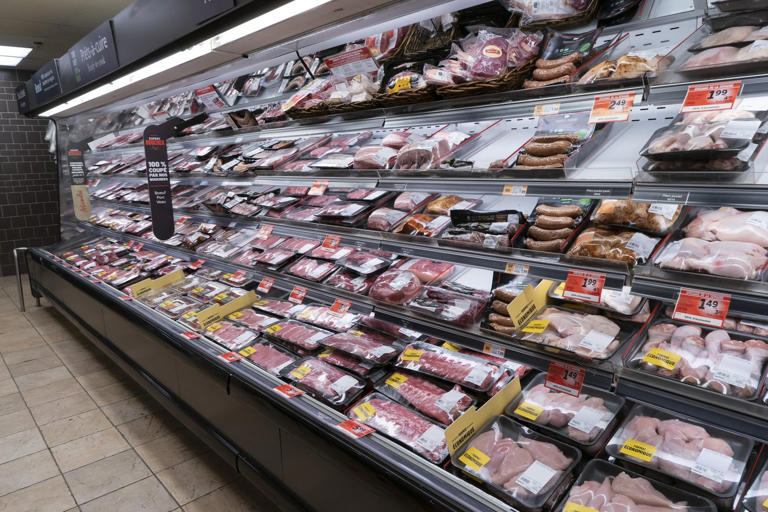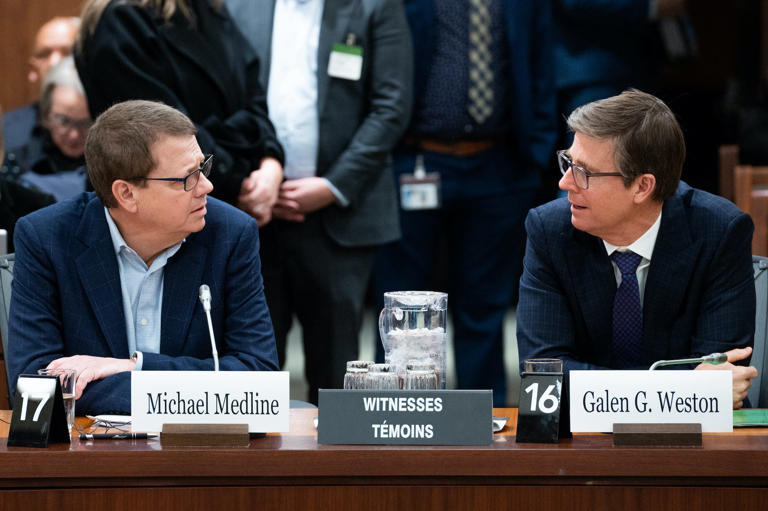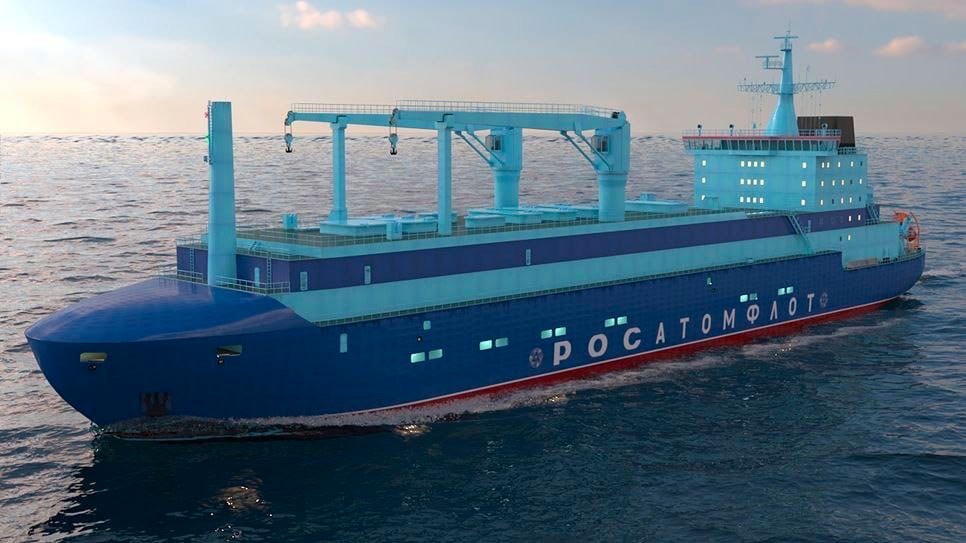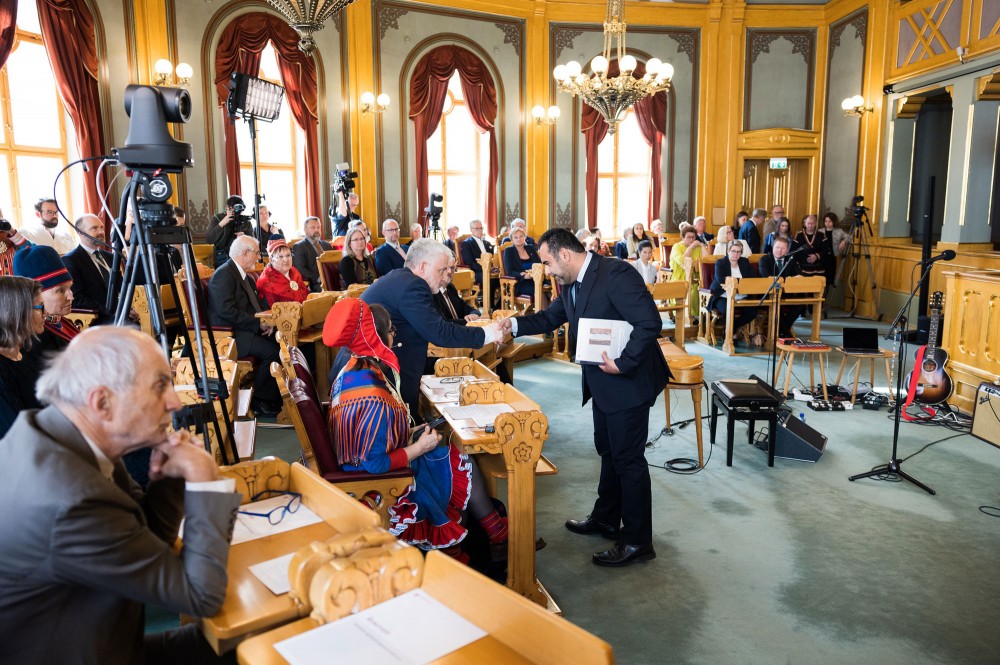Story by Saul Elbein • The Hill
Yesterday

Two of the world’s major wheat-growing regions are skating on the ragged edge of a catastrophic failure.
Since 1981, wheat-withering heat waves have become 16 times more common in the Midwest, according to a study published Friday in the journal NPJ Climate and Atmospheric Science.
That means a crop-destroying temperature spike that might have come to the Midwest once in a century in 1981 will now visit the region approximately every 6 years, the study has found. In China, such frequency has risen to every 16 years.
Wheat is the main food grain produced in the United States. These findings are a sign that farmers need to be prepared for a future that is markedly more disrupted than the past, the authors wrote.
“The historical record is no longer a good representation of what we can expect for the future,” said Erin Coughlan de Perez of Tufts University, the lead author on the paper.
“We live in a changed climate and people are underestimating current day possibilities for extreme events,” Coughlan de Perez added.
The study comes as Congress debates what to cut from the upcoming farm bill — an enormous omnibus package that subsidizes much of American agriculture — to mollify hard-line conservatives opposed to any increase in spending.
Existing farm bill programs — and in particular those that deliver crop insurance, a key safety net amid disaster — are being strained by the increasing instances of extreme weather like heat waves and droughts.
In many ways, wheat — which was domesticated by ancient farmers in the dryland communities of Syria — is better suited than corn to the dry climate of the Midwest. Like other cereal grains, wheat boasts a special pair of “guard proteins” posted to keep water from escaping from the tiny holes on the leaves where plants breathe.

Two of the world’s major wheat-growing regions are skating on the ragged edge of a catastrophic failure.
Since 1981, wheat-withering heat waves have become 16 times more common in the Midwest, according to a study published Friday in the journal NPJ Climate and Atmospheric Science.
That means a crop-destroying temperature spike that might have come to the Midwest once in a century in 1981 will now visit the region approximately every 6 years, the study has found. In China, such frequency has risen to every 16 years.
Wheat is the main food grain produced in the United States. These findings are a sign that farmers need to be prepared for a future that is markedly more disrupted than the past, the authors wrote.
“The historical record is no longer a good representation of what we can expect for the future,” said Erin Coughlan de Perez of Tufts University, the lead author on the paper.
“We live in a changed climate and people are underestimating current day possibilities for extreme events,” Coughlan de Perez added.
The study comes as Congress debates what to cut from the upcoming farm bill — an enormous omnibus package that subsidizes much of American agriculture — to mollify hard-line conservatives opposed to any increase in spending.
Existing farm bill programs — and in particular those that deliver crop insurance, a key safety net amid disaster — are being strained by the increasing instances of extreme weather like heat waves and droughts.
In many ways, wheat — which was domesticated by ancient farmers in the dryland communities of Syria — is better suited than corn to the dry climate of the Midwest. Like other cereal grains, wheat boasts a special pair of “guard proteins” posted to keep water from escaping from the tiny holes on the leaves where plants breathe.
Related video: Drought Wheat Crop (KOCO Oklahoma City)Some Oklahomans have gone nearly eight months without meaningful rain.Duration 3:16 View on Watch
That biological difference means that drought hits wheat yields far less hard than it does corn, a 2016 study in PLOS One found.
But heat represents another significant threat, the NPJ study found.
The risk is not the scorching heat of summer but an unseasonably warm spring — which causes wheat plants to suffer heat stress at the crucial moment when they flower.
At above 82 degrees Fahrenheit, flowering wheat plants begin to suffer heat stress. At 91 F, essential biological processes within the plants begin to break down.
And since record-breaking heat tends to coincide with similarly extreme drought, that means a compound threat that can lead to wheat crops being killed off shortly before harvest.
This is getting more common, Coughlan de Perez said. It used to be unusual in the Midwest for spring wheat crops to reach temperatures in which they began to break down.
“We used to have seasons where you’d see an average of maybe four or five days of that enzyme breakdown threshold being exceeded — it was pretty uncommon,” she said.
But now if conditions break wrong, they could lead to heat waves that led to as many as 15 days above that threshold, which they described as “very damaging.”
Part of what makes planning for such outcomes difficult is that they are so unpredictable: Even as temperatures get hotter on average, relatively cooler years can precede ones that are devastatingly hot.
That’s why climate scientists often compare the weather to a game of dice that climate change is steadily loading — meaning extreme outcomes are more likely.
Both regions have been unusually lucky in recent years: During the cool years of the La Niña, the plains of the Midwest and Northeast China have experienced much cooler weather than should be possible under the Earth’s warming climate.
“These regions haven’t experienced the full extent of what is possible, and they might not be ready for it,” the authors wrote.
Cooler weather has led to a dangerous complacency in a world where climate change has loaded the dice, the authors wrote.
“I think, with climate change, we’re suffering from a failure of imagination. If we’re not imagining the kinds of extremes that could happen, then we won’t prepare for them,” Coughlan de Perez said.


